Read in English / 阅读语言 ไทย
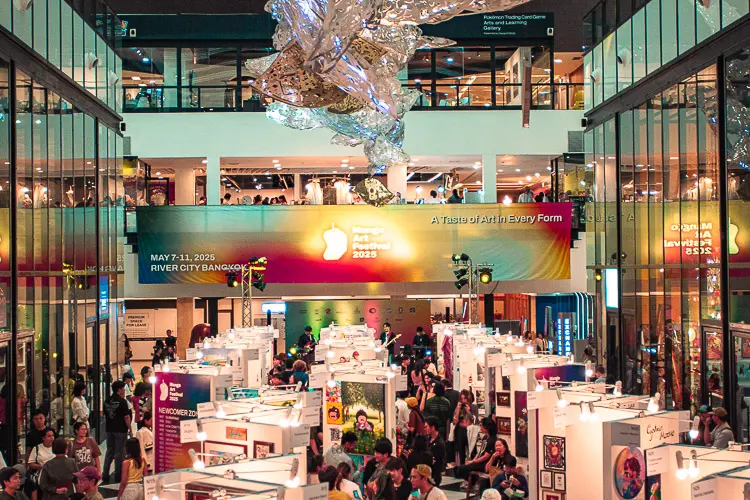
The 5th Mango Art Festival Returns
Mango Art Festival 2025—the much-anticipated art gathering for artists, collectors, and enthusiasts—returns for its fifth edition, running from May 7 to 11, 2025, at River City Bangkok,Thailand. This year’s concept, “Connected World,” brings together more than 200 artists from diverse disciplines under one roof. Tae Art Man was on-site to capture the artworks and insights—presented here in full.
Ready? Let’s begin.
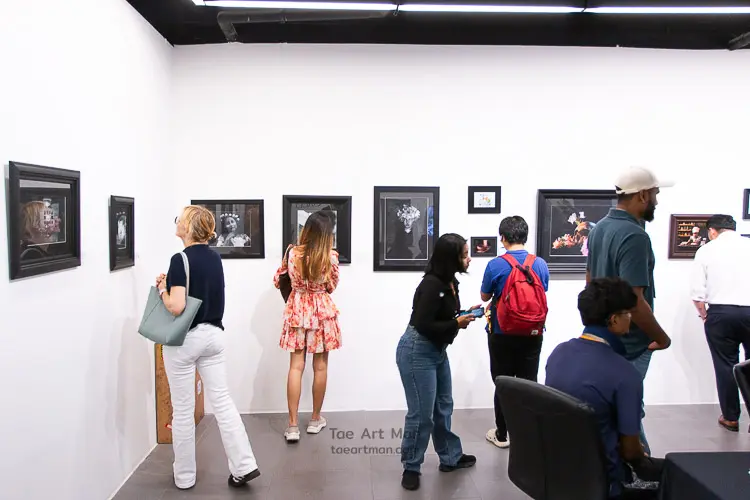
Zones 1 & 2: Galleries Zone and Independent Artists Zone

Both zones, located on the second floor of River City Bangkok, showcase two core segments. The Galleries Zone presents works from 17 galleries, both Thai and international. Among the highlights was a conversation with Whitestone Gallery—a globally recognized gallery with multiple locations—which you’ll find at the end of this article.

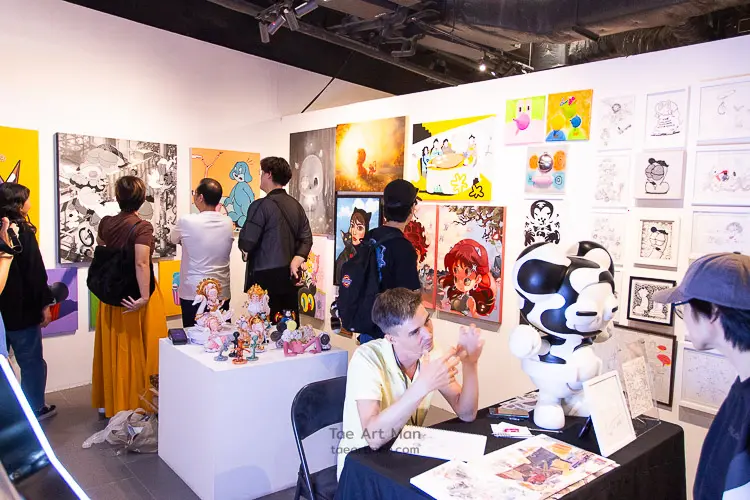
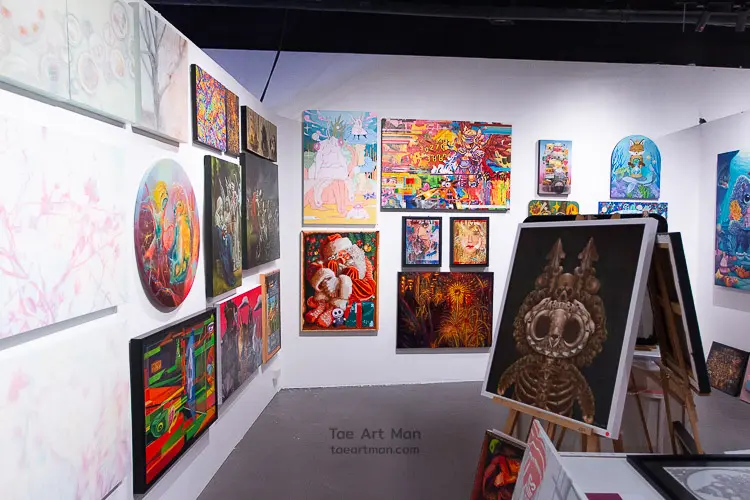
In contrast, the Independent Artists Zone gives space to over 50 individual artists to present their work directly. This setup encourages direct dialogue between creators and viewers. Many artists noted that participating in Mango Art Festival 2025 brought them fresh perspectives and invaluable feedback to further refine their practices.
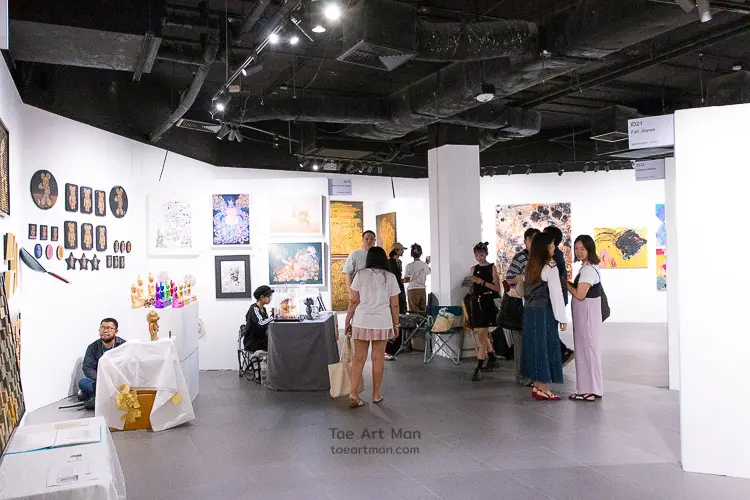
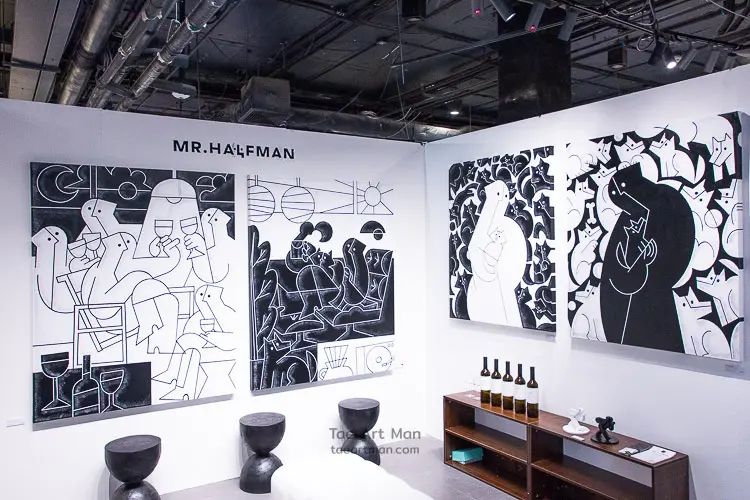 Display by MR.HALFMAN
Display by MR.HALFMAN

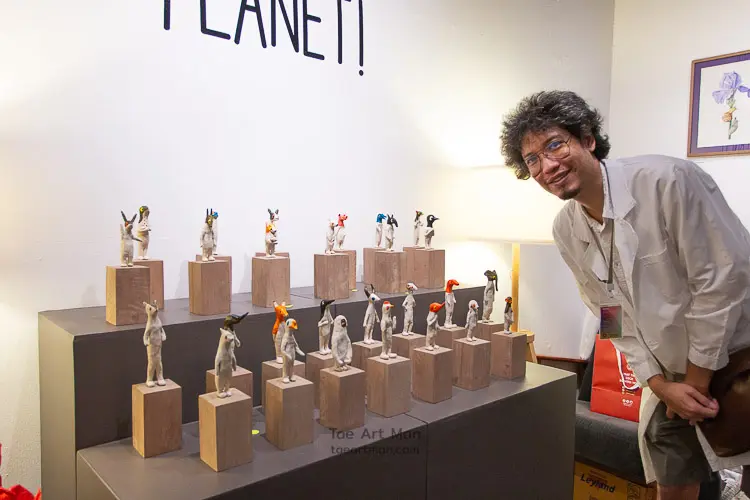
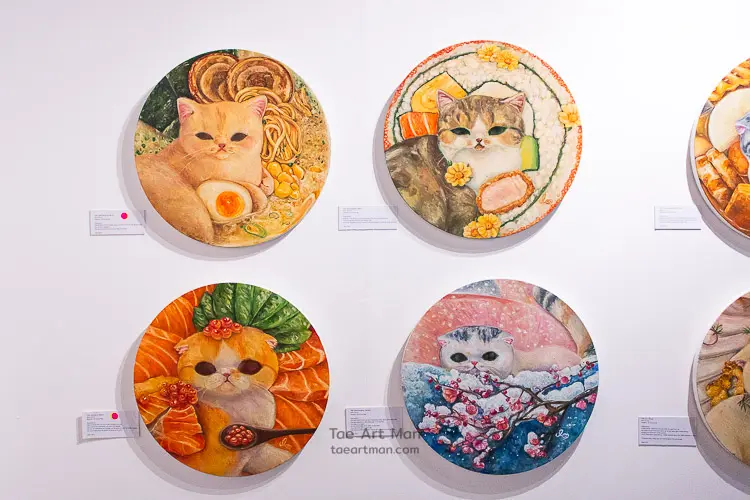
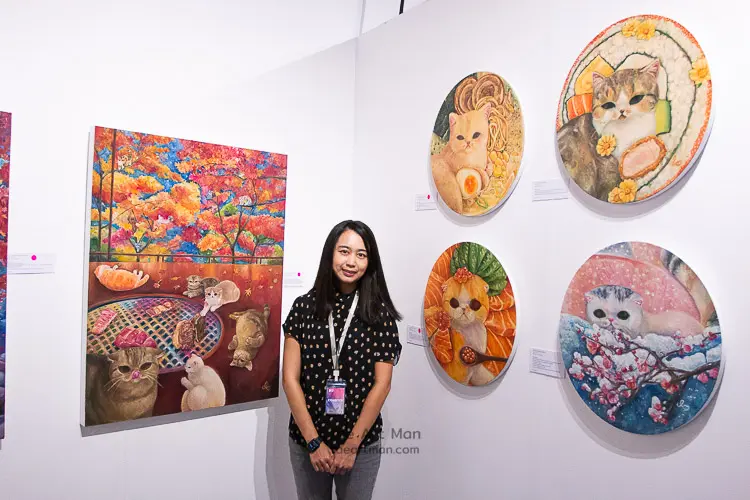
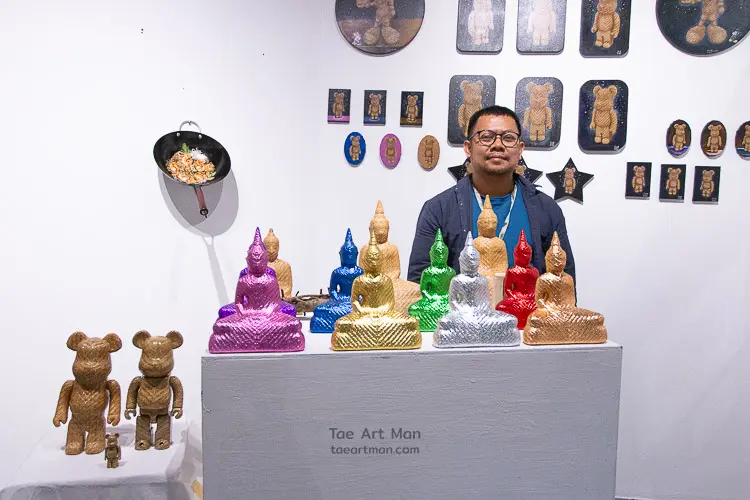
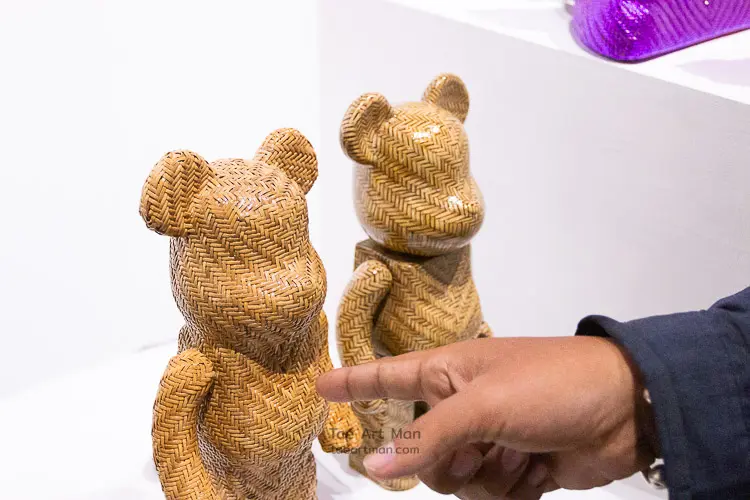
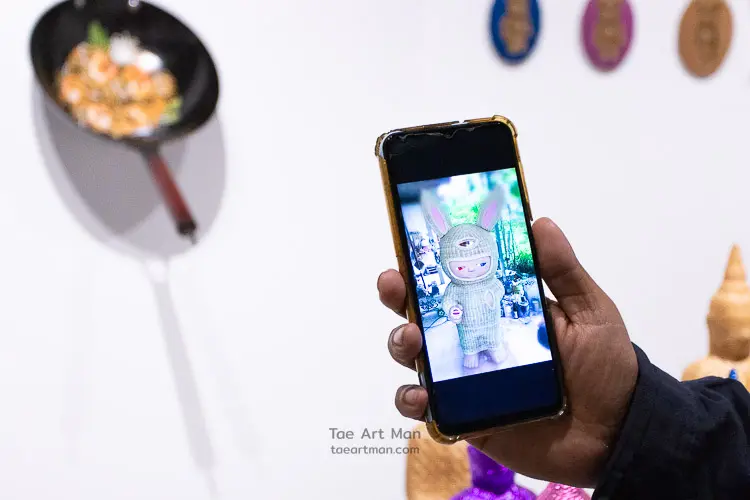
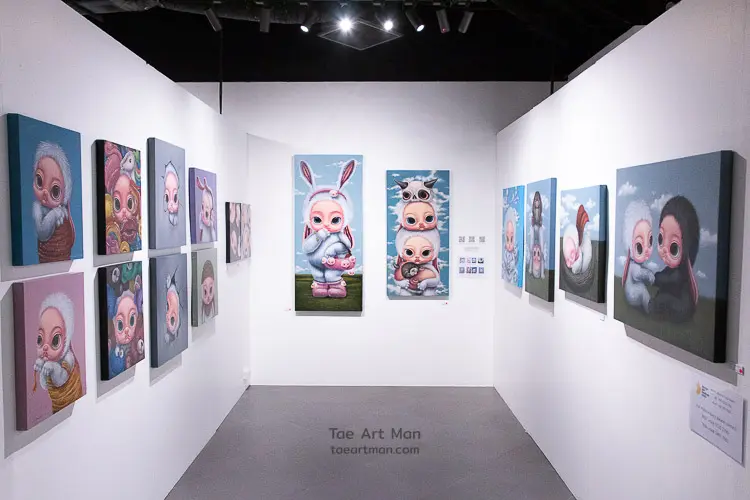
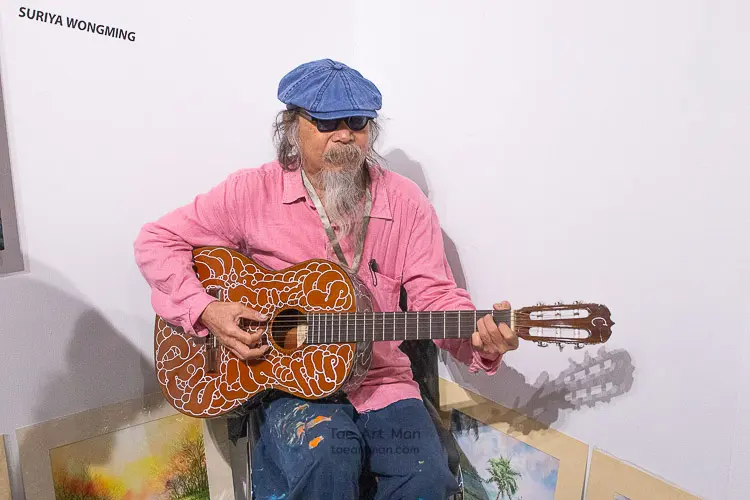
Zone 3: New Debut—Art & Design Lane
Just past the first two zones lies the newly introduced Art & Design Lane. Comprising only seven booths, this compact section bustled with interaction and creativity during the visit. Featured works included:
- An mini exhibition by ‘Madeaw Srilai Yaiprik’ (Thamrark Sangsunthorn), exploring life’s repetitive cycles
- The photo exhibition *Myanmar: The Years Before* by Samatcha Apaisuwan, depicting the life and spirit of Myanmar’s people between 2017–2019. A portion of proceeds from print and postcard sales will aid earthquake and war victims in Myanmar.
- Expressive street-style artworks by ‘Juart’ Waraseth Nopparitkool (Juart Artist)
- Bangkok Artist House’s cultural booth, led by Chumpol Akkapantanon, where visitors could have portraits drawn with every purchase
- Innovative Thai textile designs from Takorn Textile Studio
- Contemporary fashion infused with Southern handwoven fabric by YABULAN
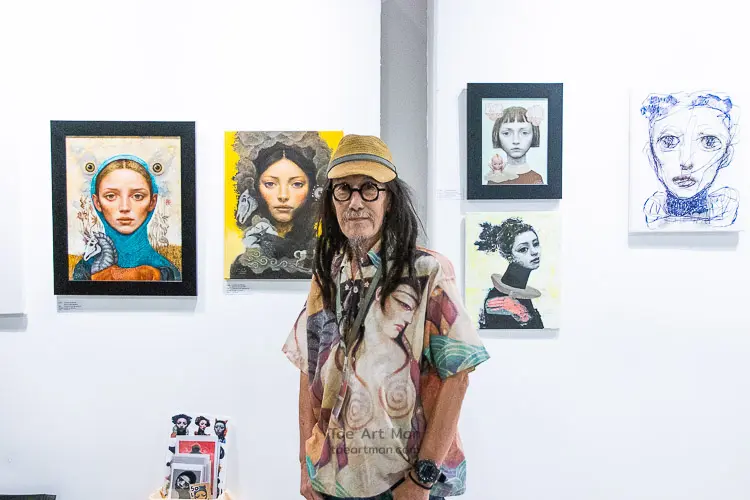
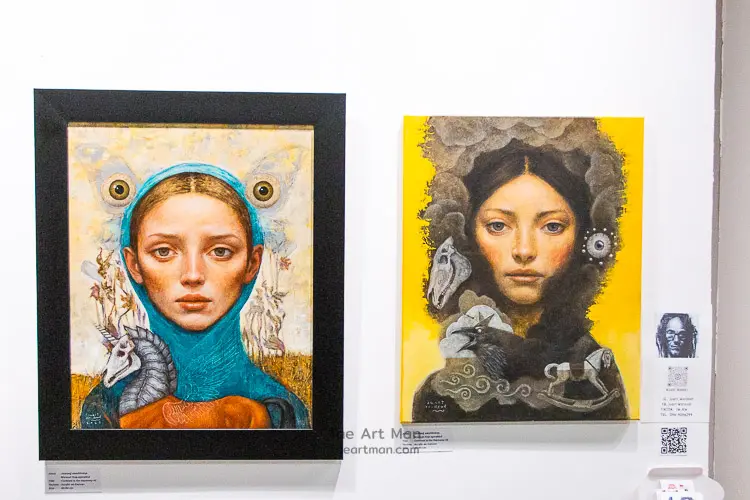
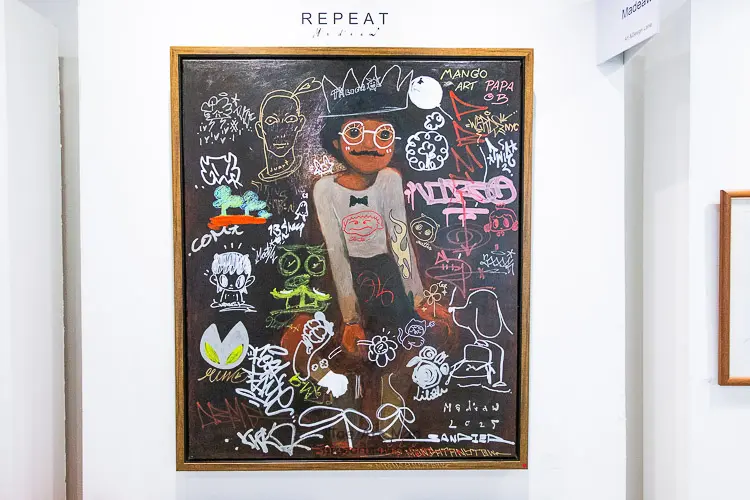
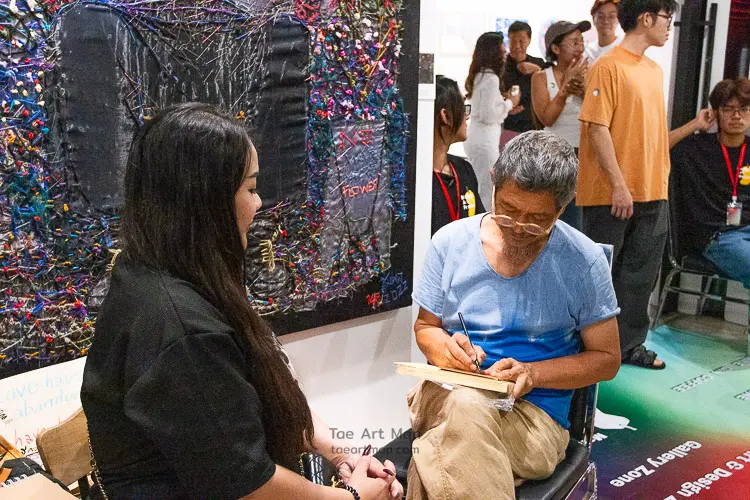
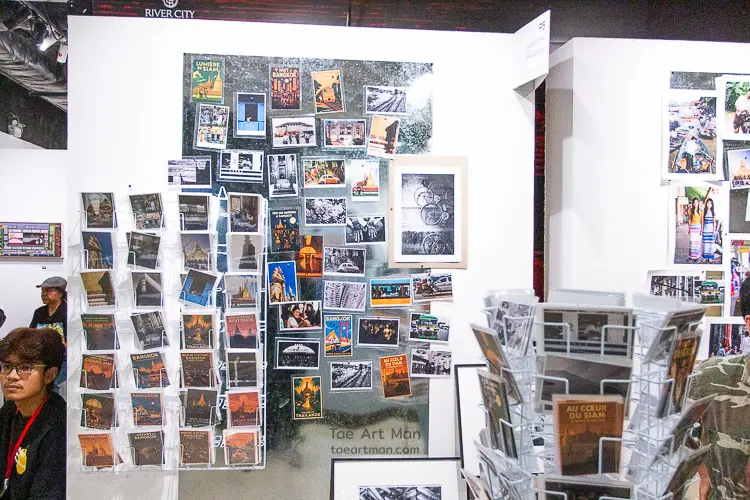
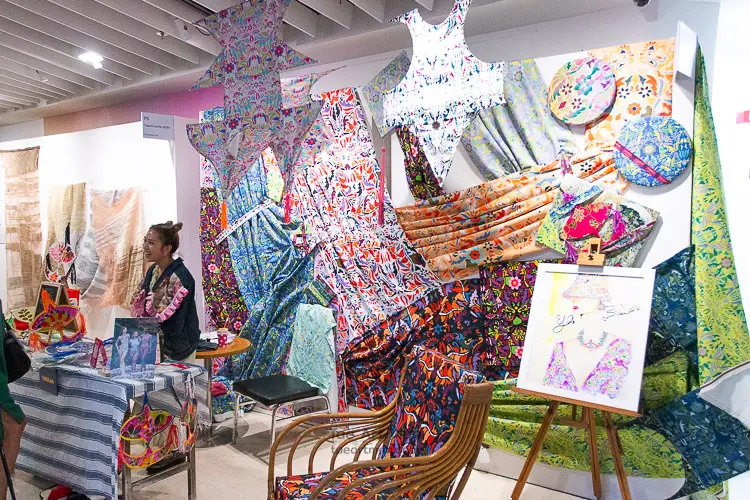
Zone 4: Newcomers
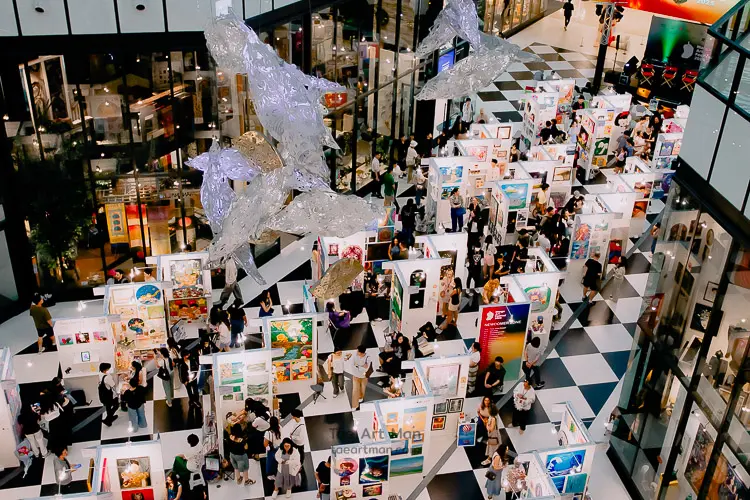
On the ground floor, attendees were greeted by the vibrant energy of nearly 100 new artists—many of whom were exhibiting publicly for the first time. The majority have been active in the field for just 1–3 years, bringing a raw, emerging perspective to the festival. This space offered both discovery and dialogue with a new generation of creators.

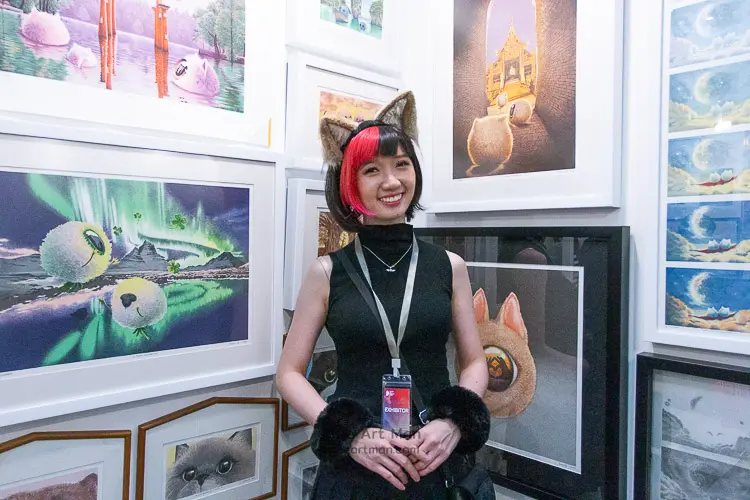
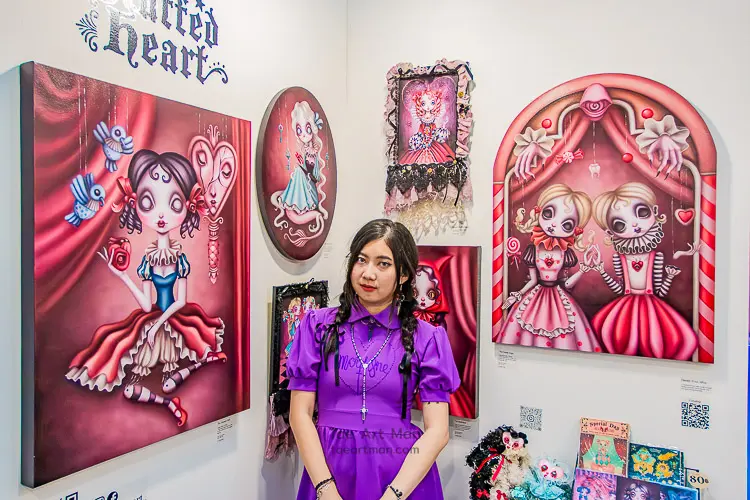
Pricing, Sales & Collector Insights
With over 200 artists on site, the diversity in price and style was vast. Visitors looking to start collecting or add variety to their collection had much to choose from. Contrary to assumptions, emerging artists didn’t necessarily equate to lower prices, nor were seasoned artists’ works always expensive. Prices fell into three main ranges:
- Under $300 USD – Typically small, hand-held pieces
- $300 – $800 USD – Medium-sized artworks
- Above $800 USD – Often sculptures or works by well-established names
The first two price tiers clearly dominated the event, making it ideal for first-time buyers and experienced collectors alike. A noticeable strategy this year was “size-mix”: artists offered multiple sizes to cater to different budgets and spaces. While effective for some, this “product strategy” requires careful consideration of artistic identity, rather than merely adjusting for price points.
Whitestone Gallery on Thai Art and Global Market
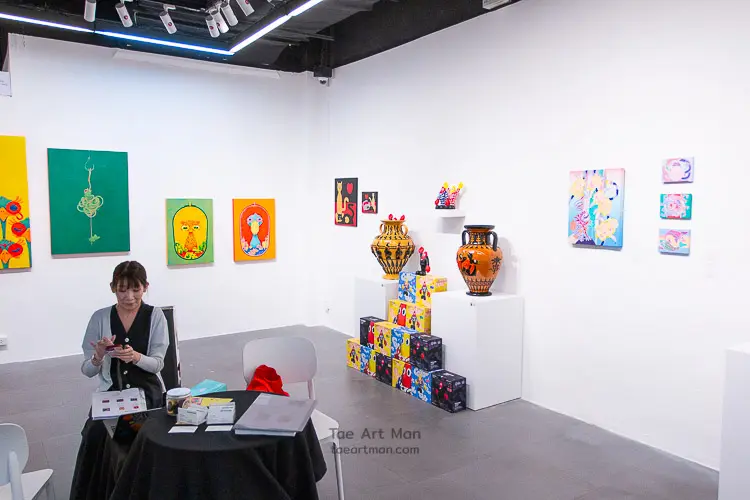
To better understand how international galleries engage with Thai art, Tae Art Man interviewed Priscilla Quek, the Singapore Gallery Manager of Whitestone Gallery. Known for its international presence and global fair participation, Whitestone brought works from six artists to this year’s festival: Clasutta (Indonesia), Deborah Mckellar (Singapore), Kohei Kyomori (Japan), Osamu Watanabe (Japan), Philip Colbert (UK), Tatsuya Nishimura (Japan), and Tusita Manganali (Indonesia).
Tae Art Man: Tae Art Man: So, from the first day until now (only a few hours left until the end of the festival), how do you feel about joining the Mango Art Festival this year?
Quek: It’s a good exposure. It’s our (Whitestone) second time here, but it’s my first time. Here is the new team. So overall, the exposure is quite interesting because we see a lot of Thai artist, Thai works that don’t really exist in Singapore’s market. And we also meet people who have never seen Japanese works before that we can introduce to them more about the typical mediums that we have, the different artists that we collect.
Tae Art Man: How did you select the artworks for this edition?
Quek: We wanted something more rich in culture and very fun. So you see some works that have symbolic meaning. So we have, like the dragon, the tiger, the fish. We have some lobster, which is the symbol of wealth. I want people to understand the true cultural identity of the artists, recognizing that some artists comes from a different country and is now moving to Asia.

Tae Art Man: Are the buyers you meet mostly Thai, or do you also see other nationalities?
Quek: We actually see a diverse mix of Southeast Asian buyers, including Thai, Indonesian, and Singaporean individuals. We saw a lot of young people, students, enthusiasts and artists. We have a mixture of them and most of Thais people are very kind.
Tae Art Man: Thank you(laughs), In terms of sales, what has been your best-selling work at this event?”
Quek: The best selling in the term of price is Kohei Kyomori’s work. Clasutta and Tusita also performed well, followed by Debrah’s work, which also sold quite well too. It depends how many of works I bring other than how many work I sell out right? I have to say Kyomori’s work is one of the most effective ones.
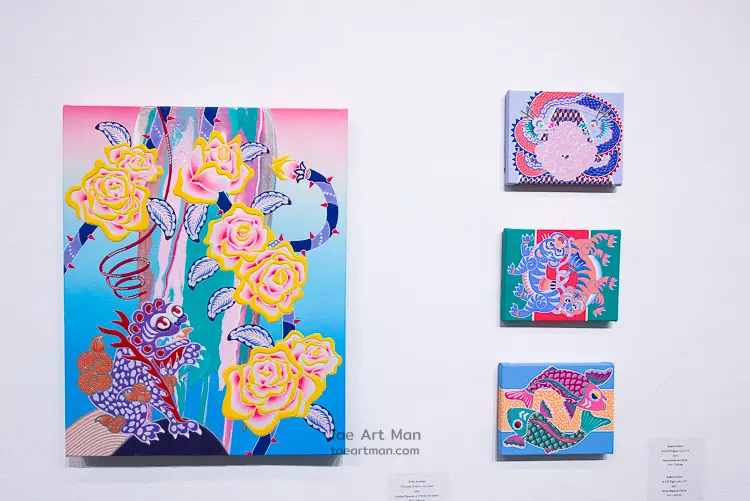
Tae Art Man: What do you think about Thai art ecosystem and collectors?
Quek: So far as I take a look at the fair one round. I think buyers here generally like a very cute work, or have a big eyes that kind of stuffs I saw instagram posts from the very young artist about their sell out. Actually this also happens in Indonesia as well but…(thinking) not as much as in Thailand. I really appreciate the kind of culture. I think that there has been other attractions that may Whitestone doesn’t have. And I think many young artist are doing very well independently.
Tae Art Man: Could we see a Whitestone Bangkok branch?
Quek: Hmm we are still developing but now we’re working on developing Whitestone Dubai for now. It’s still a bit slow but, yeah, we will see how things goes.
After that, Quek explained the strategy for Whitestone to participate in art fairs across many countries, especially in Asia. Following this event, Quek herself is preparing for Art021 Beijing and Beijing Dantai, which will be held concurrently in the coming week from May 22 to 25.
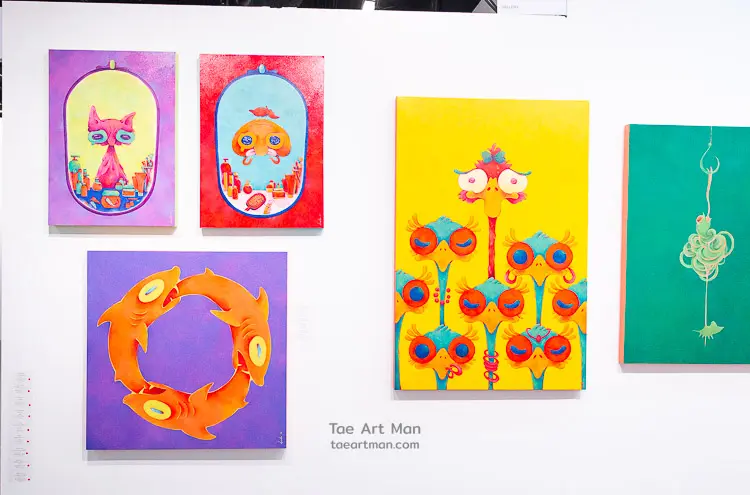
From my own observation, Priscilla’s insight matches what I saw on-site—cute animal-themed artworks, especially featuring dogs and cats, were clear crowd favorites.
Closing with Special Exhibitions and the Craft Market
Beyond the primary zones, Mango Art Festival 2025 featured curated exhibitions and a vibrant craft market. Noteworthy installations included:
- “Ephemeral Echoes” by Piya Charoenmuang, curated by Zen Supacha Sanehngamcharoen
- “THE SCULPTOR’S ROOM” by Vayupad Rattanapetch
- “escapeeeeeeee” by Laliryn and Lazy Man, co-curated by Witchchaphon Tangklang, with a live performance by bybambam
The event also hosted musical performances and public talks, solidifying Mango Art Festival’s reputation for mixing festivity with curatorial depth.
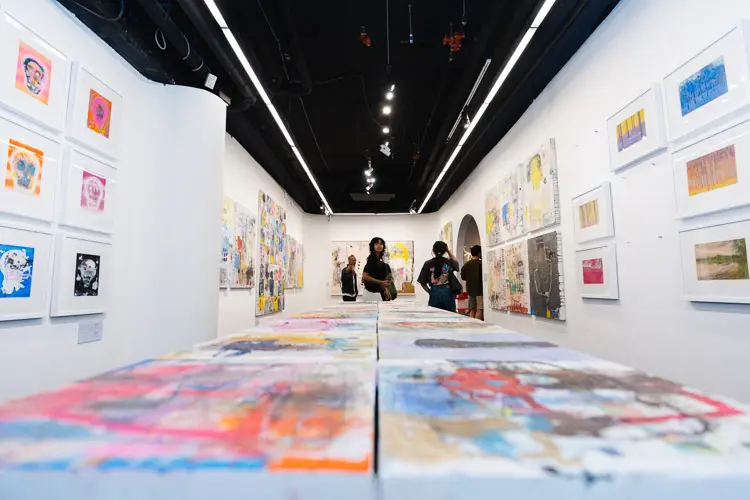
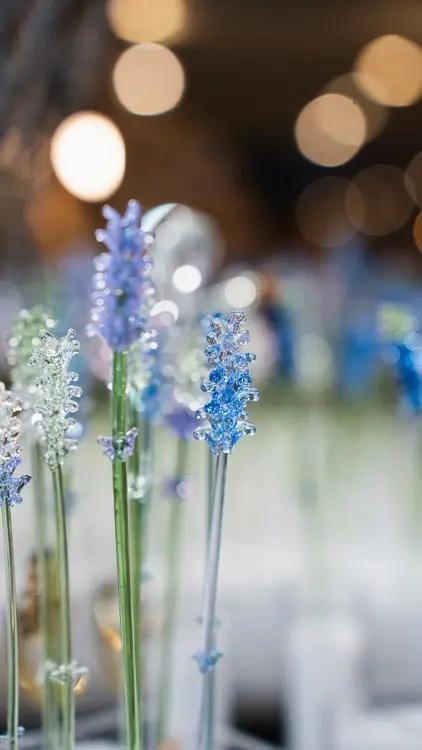

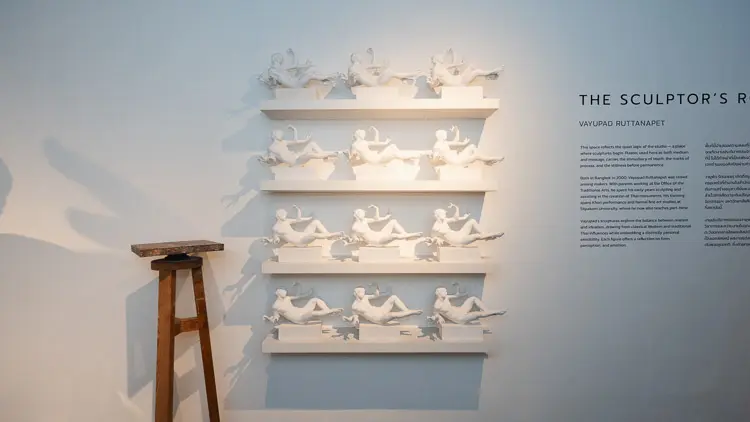
Looking Ahead: Mango Art Festival 2026
Mango Art Festival continues to strike a balance between the format of a traditional art fair and an atmosphere of lively engagement. One of its key charms is the sheer variety of artworks presented in a single location—inviting exploration, inspiration, and connection. According to festival director Suchai Pornsirikul, the sixth edition is already confirmed. Precise dates and details will be announced next month.
Artists, collectors, and art lovers—get ready. The sixth mango is ripening and nearly ready to serve.
Did you know? The first Mango Art Festival took place on May 4–6, 1978, at Lhong 1919. It later moved to River City Bangkok for its second edition and has remained there ever since. You can revisit the atmosphere of that inaugural event via Tae Art Man’s Facebook.
Continue to see the vibe Mango Art Festival 2025 below

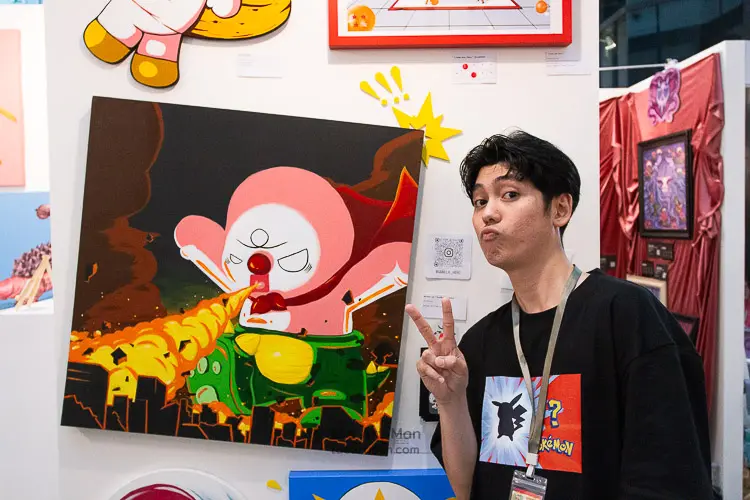
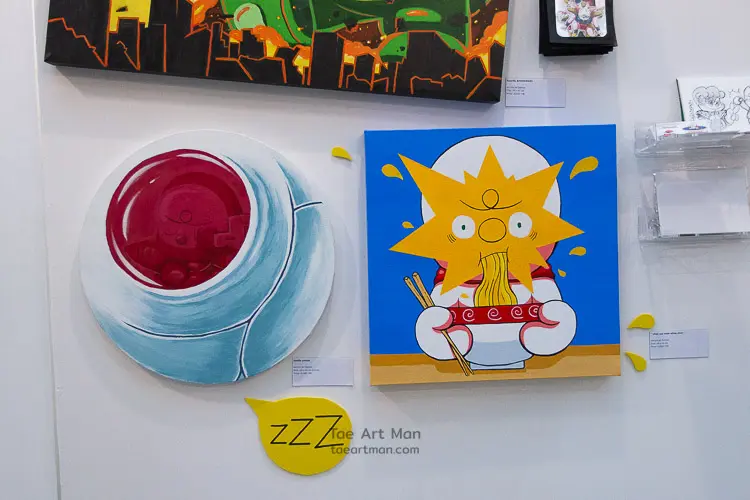
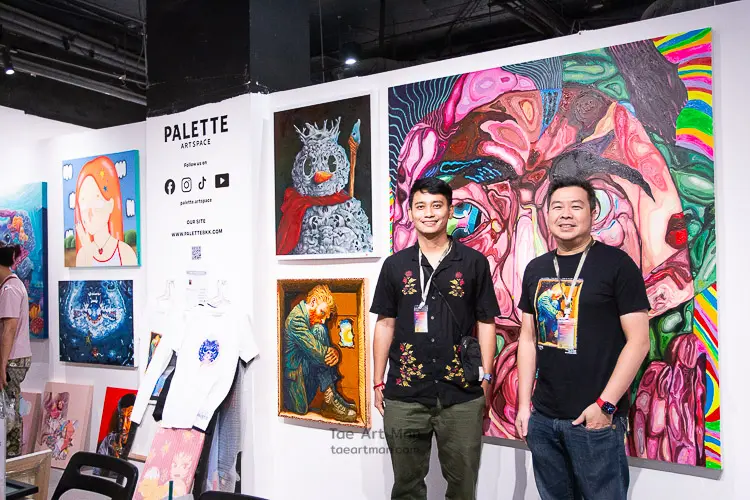

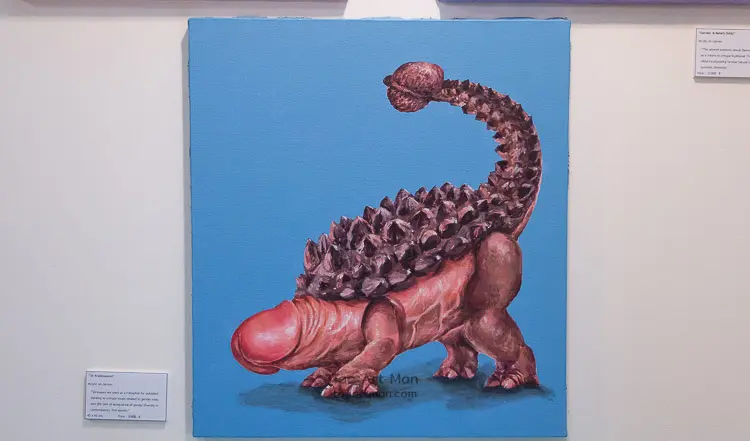
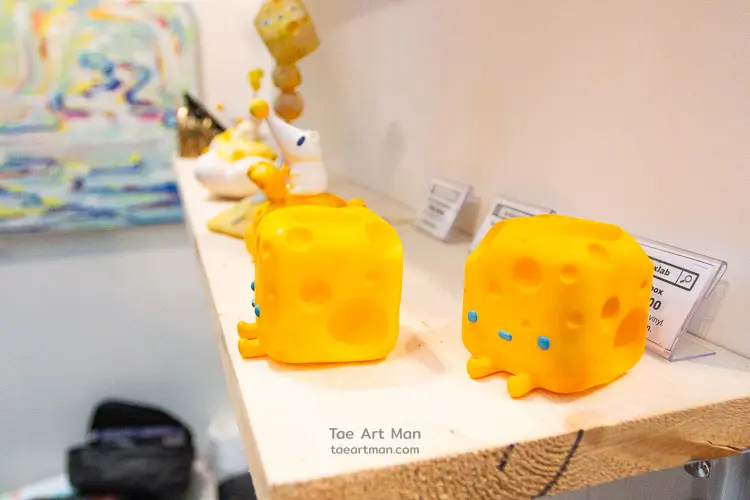
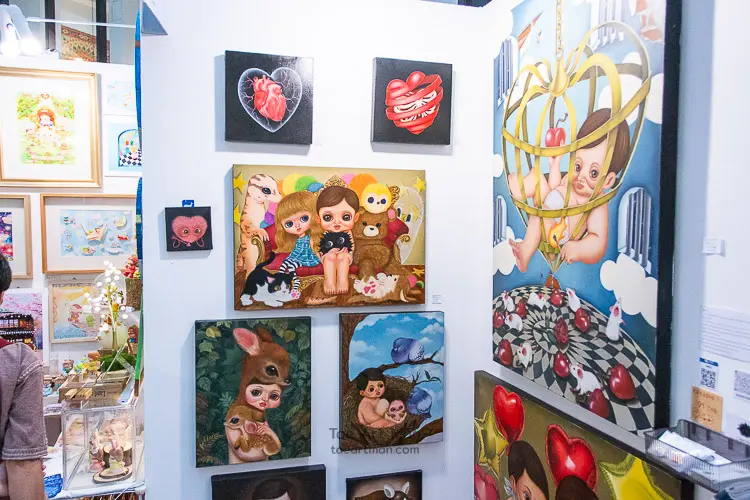
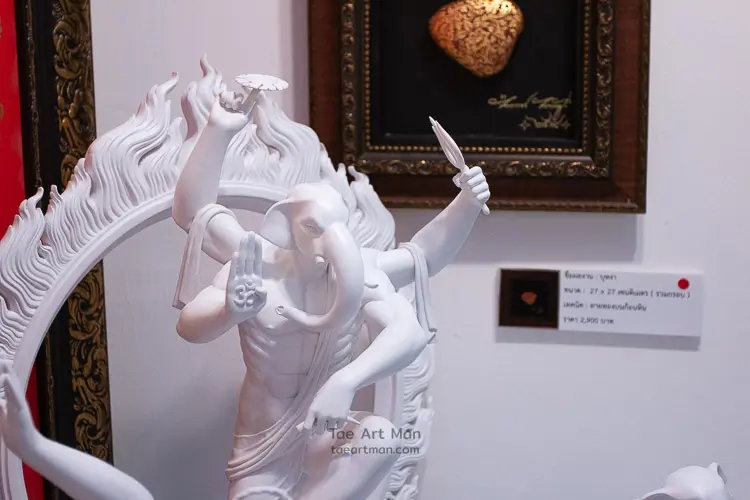
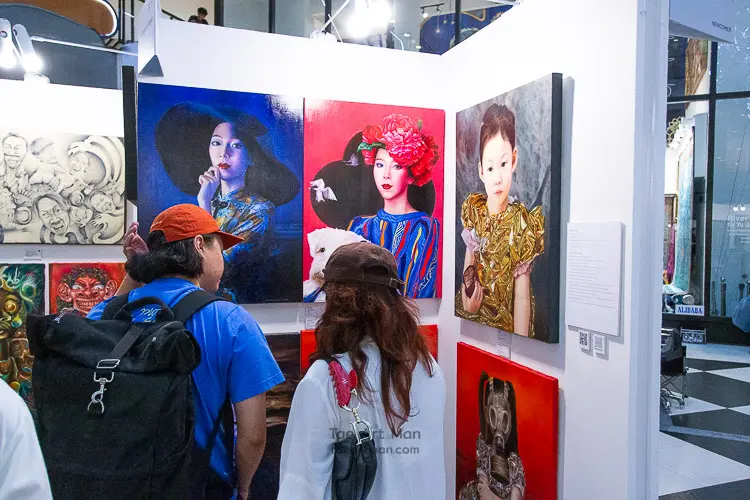
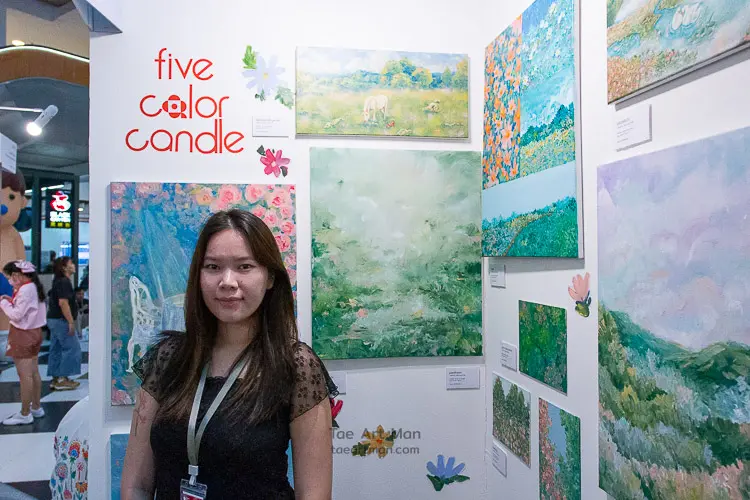
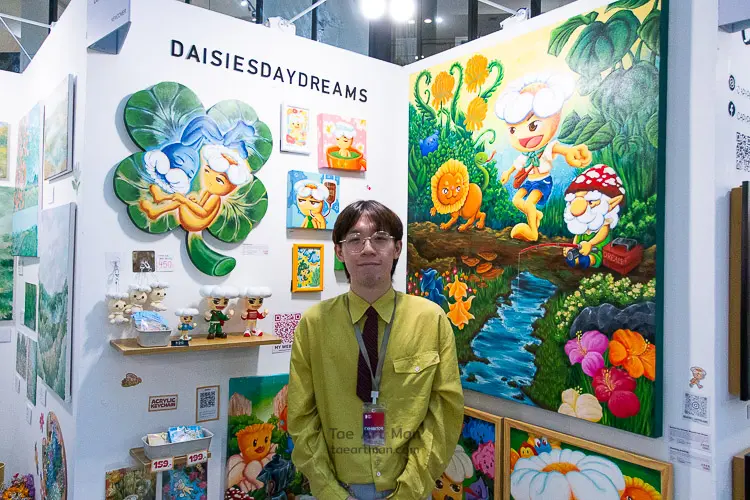
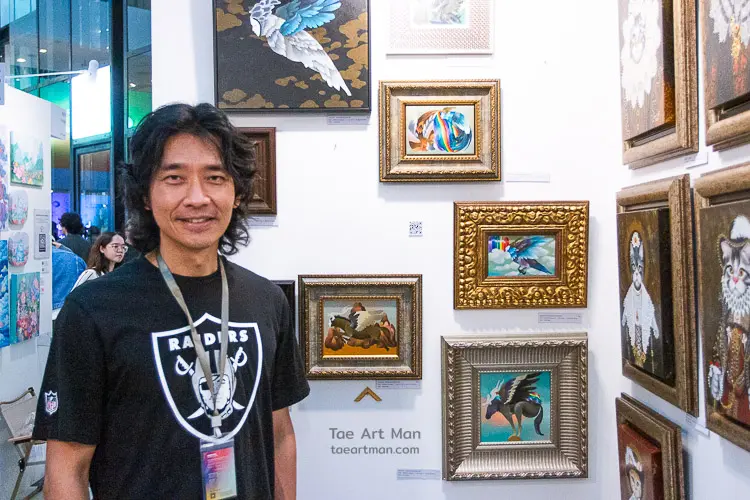
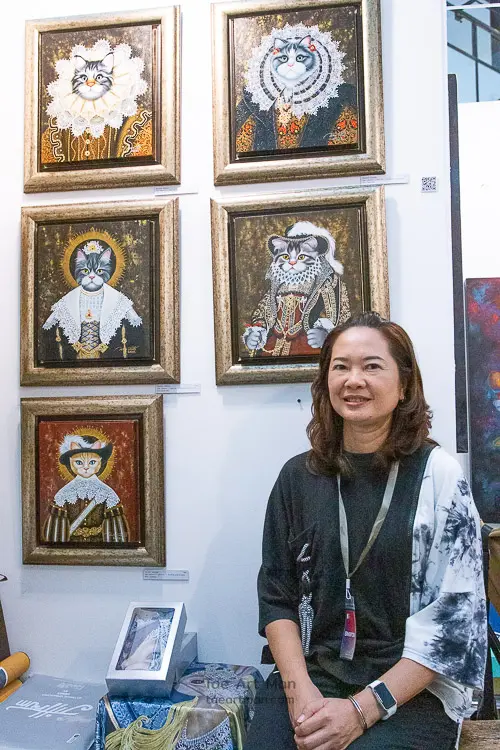
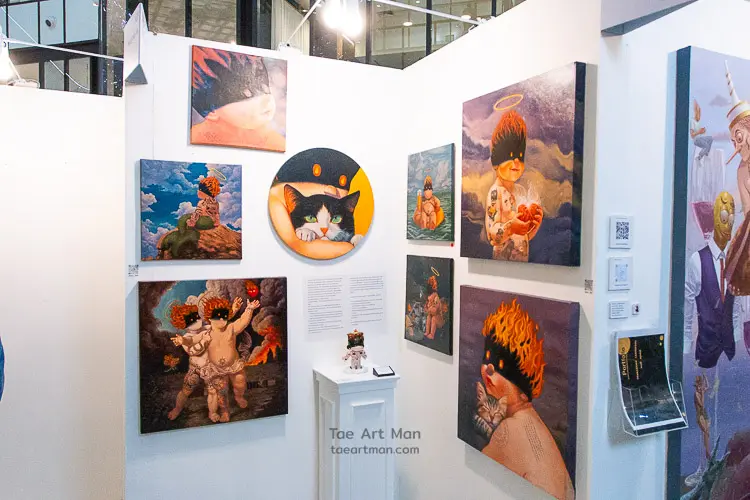
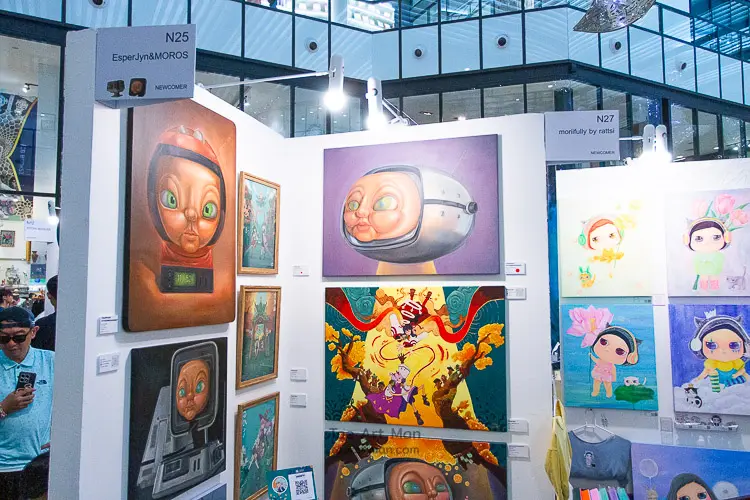
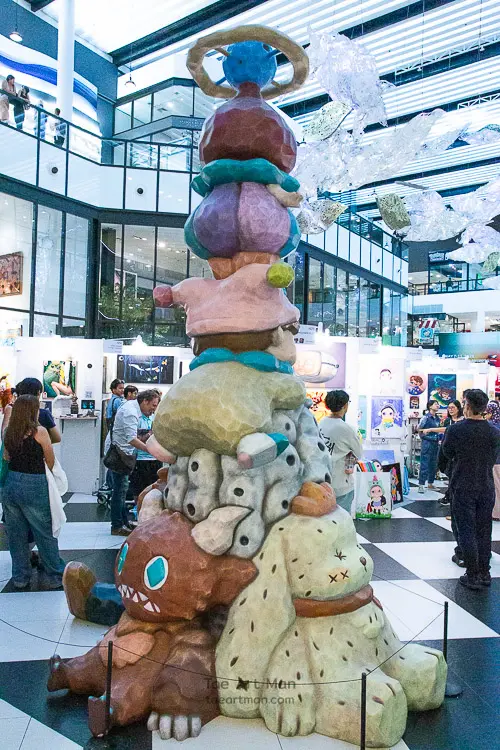
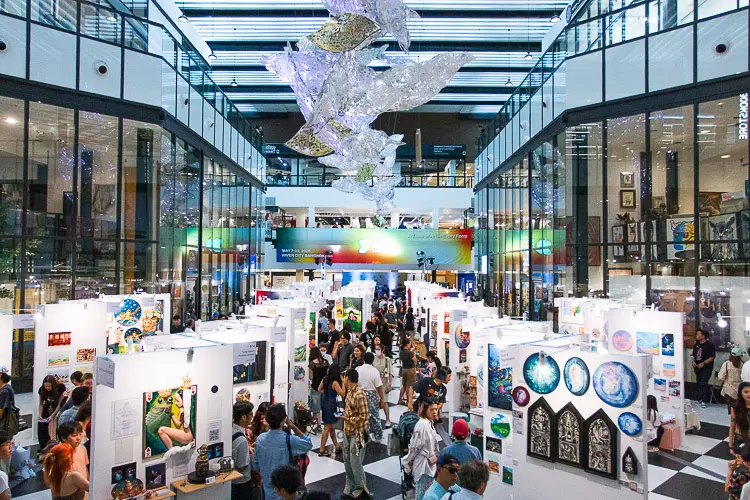
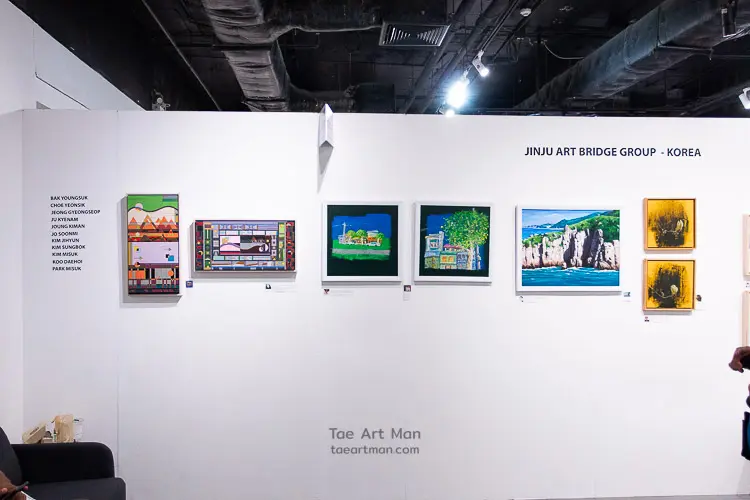
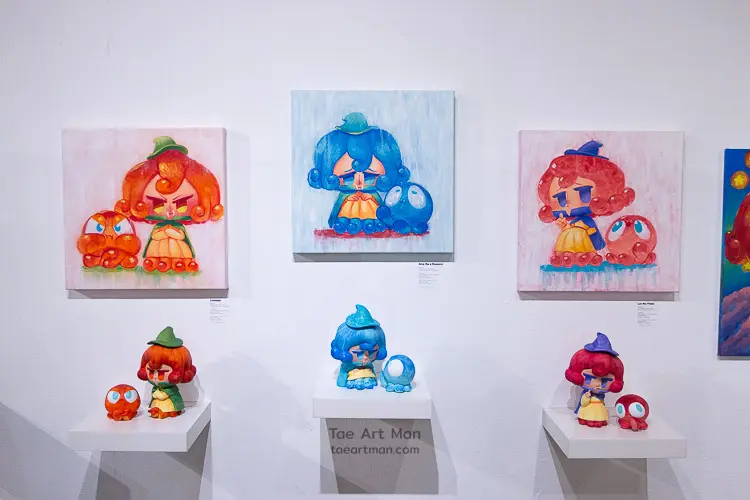
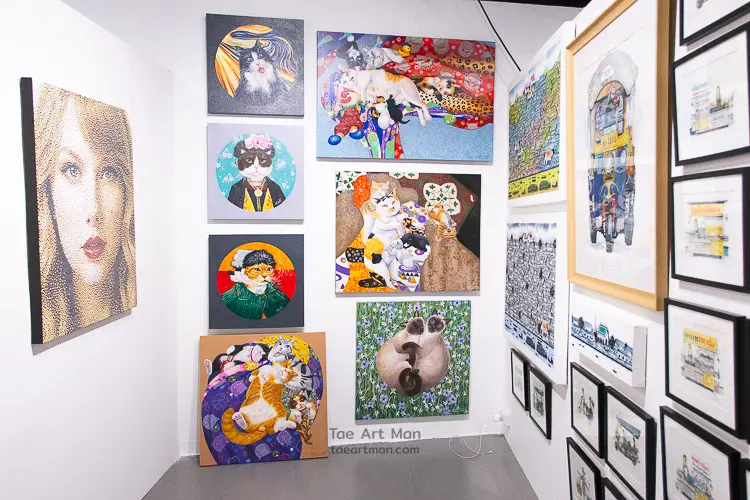
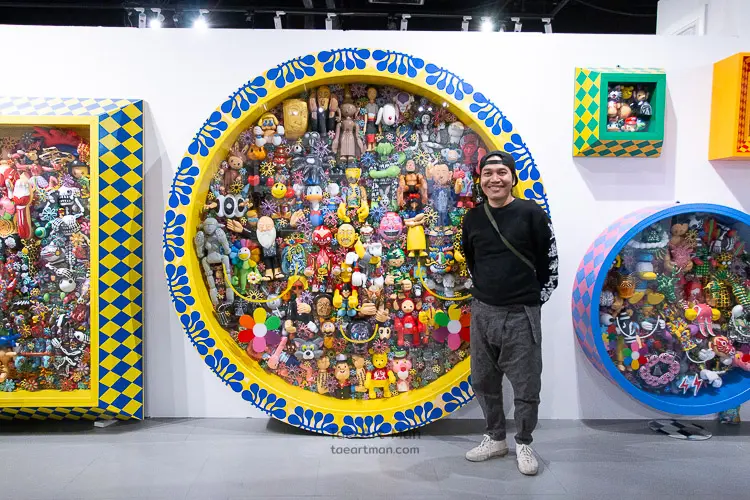
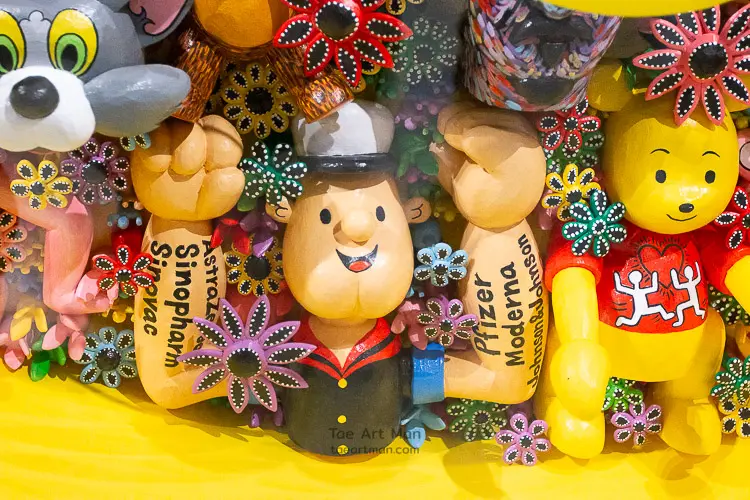
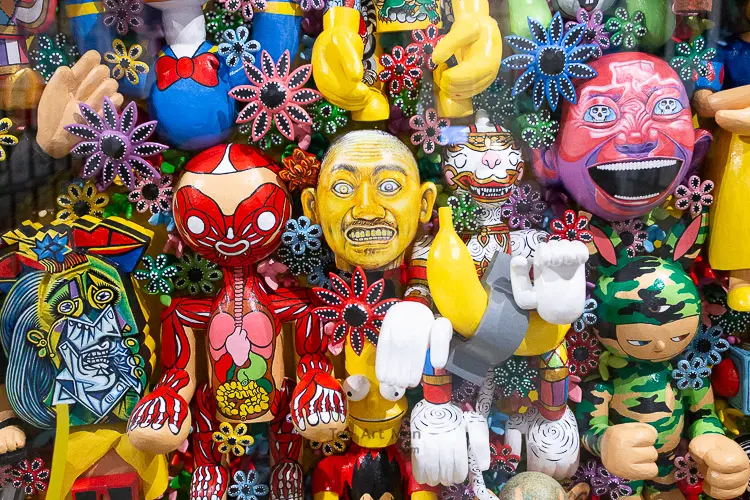
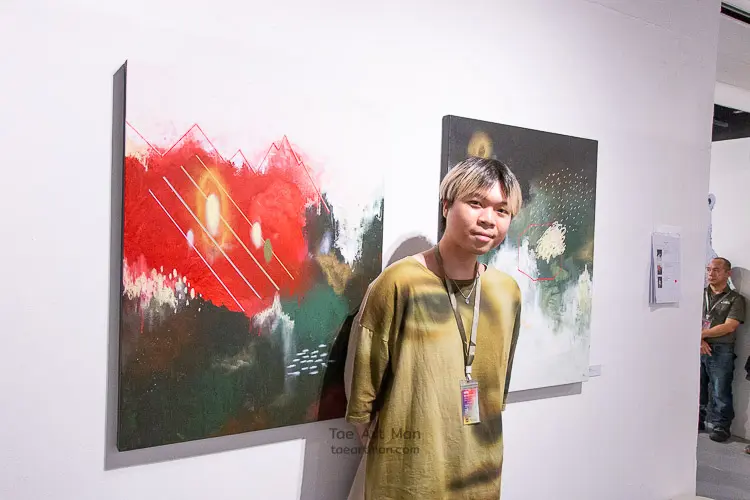
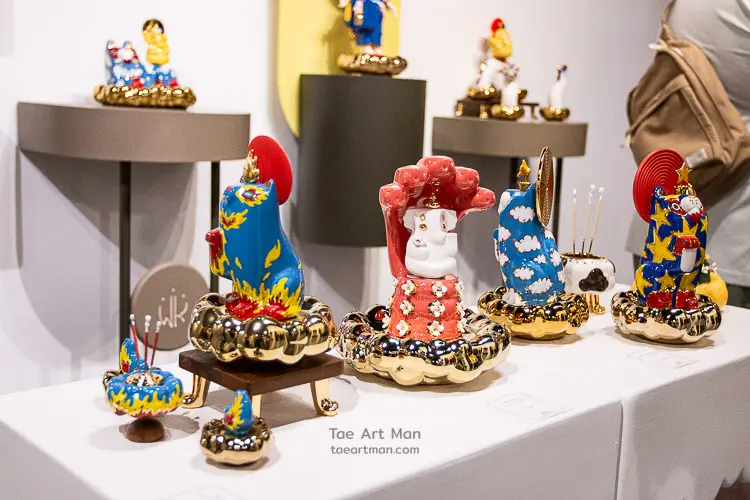
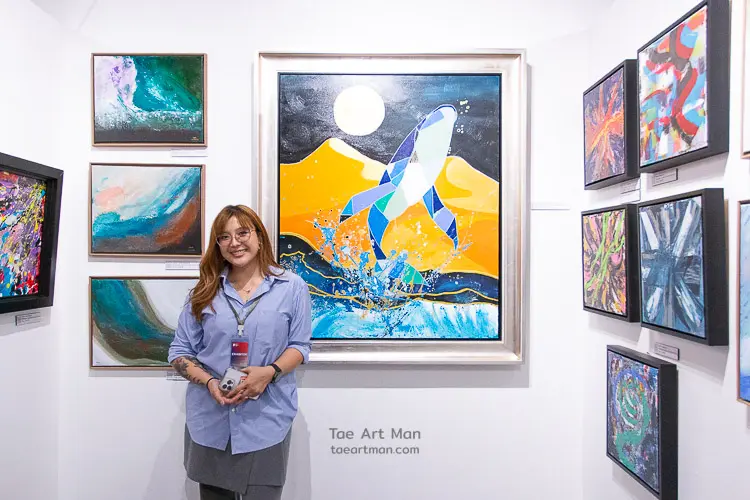
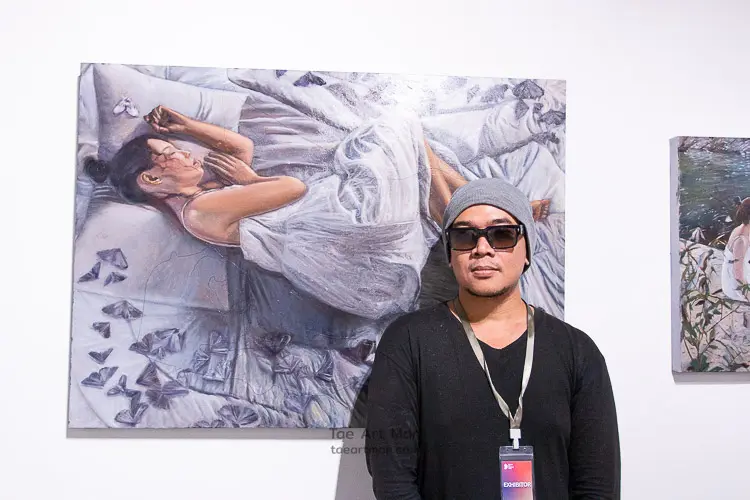
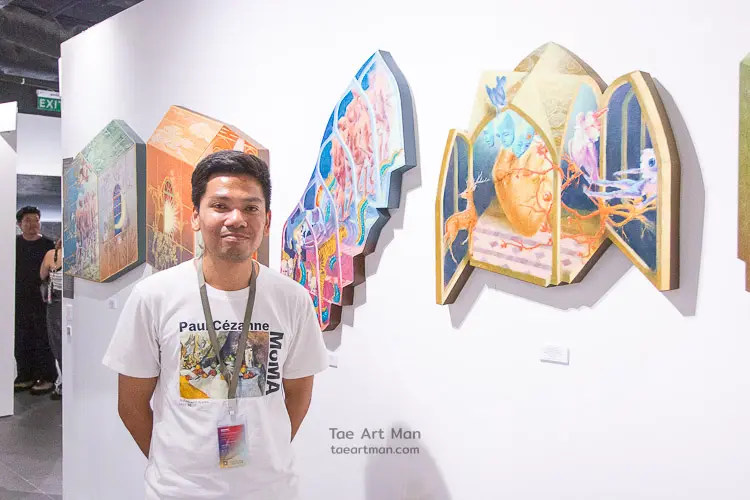
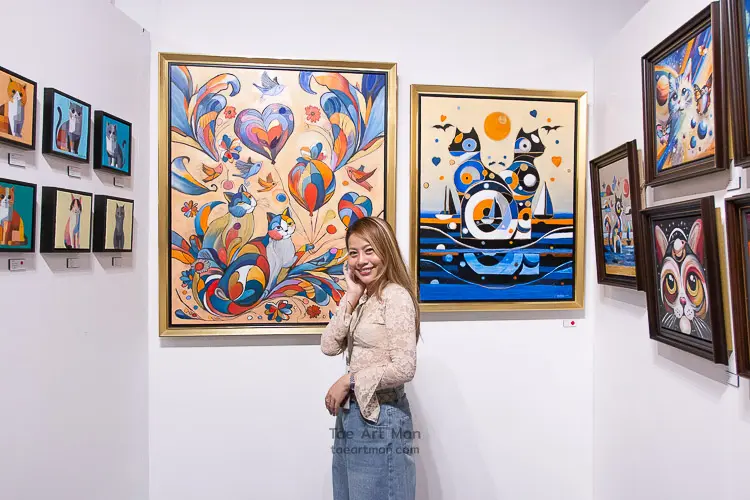
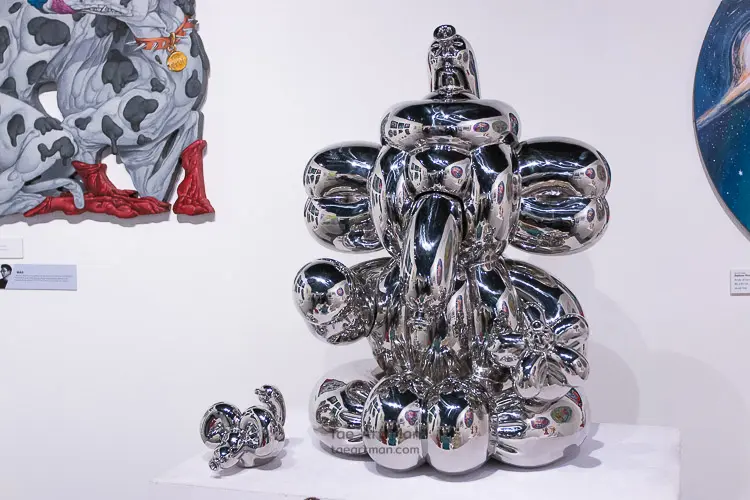
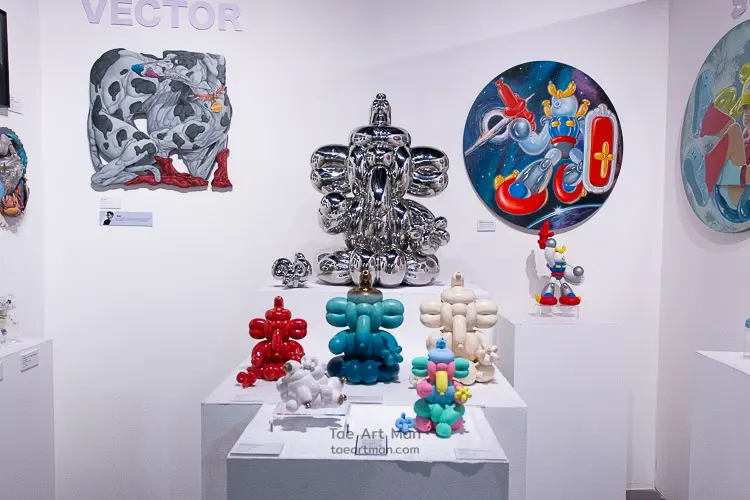
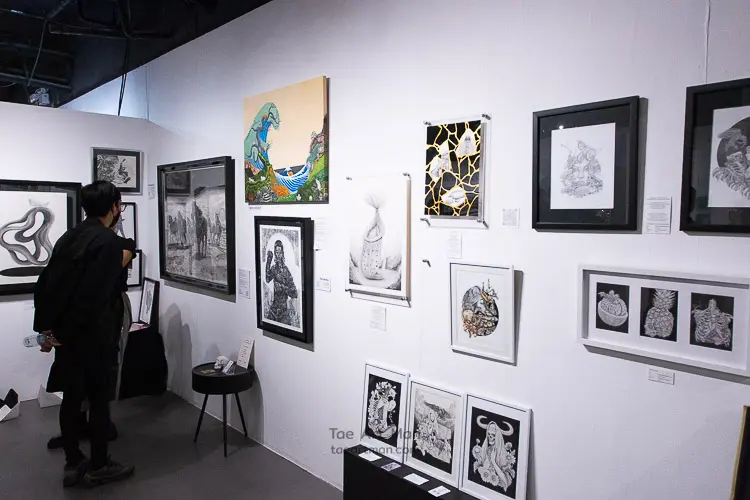

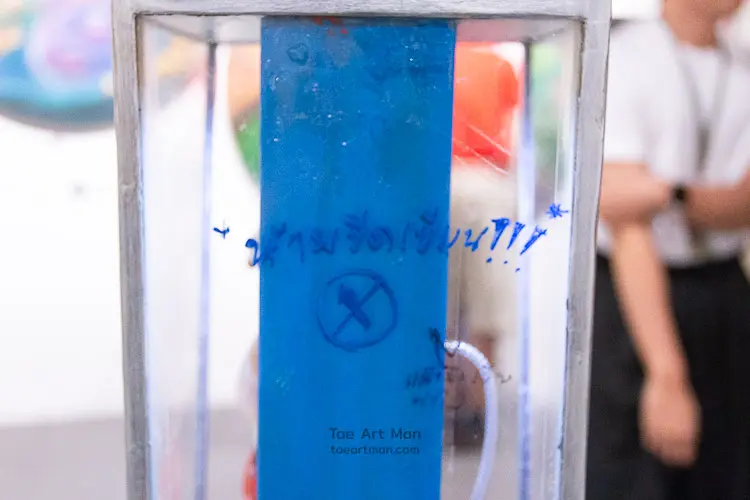
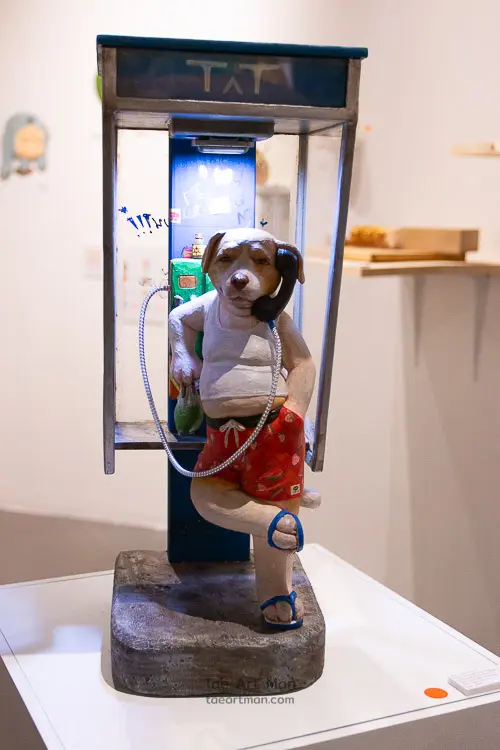

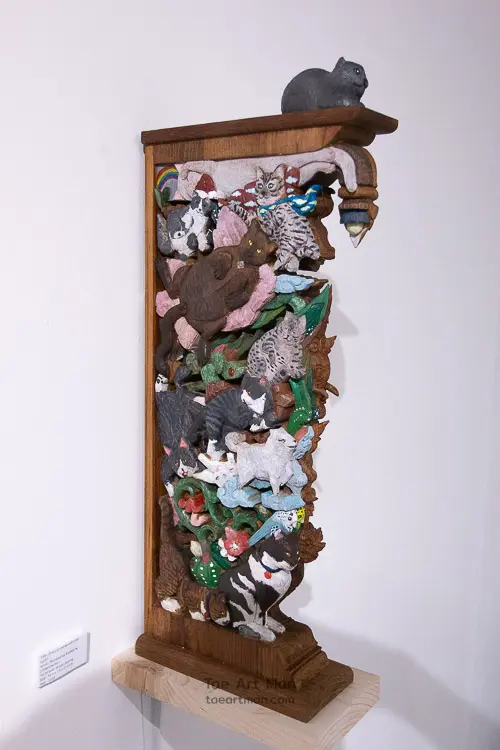
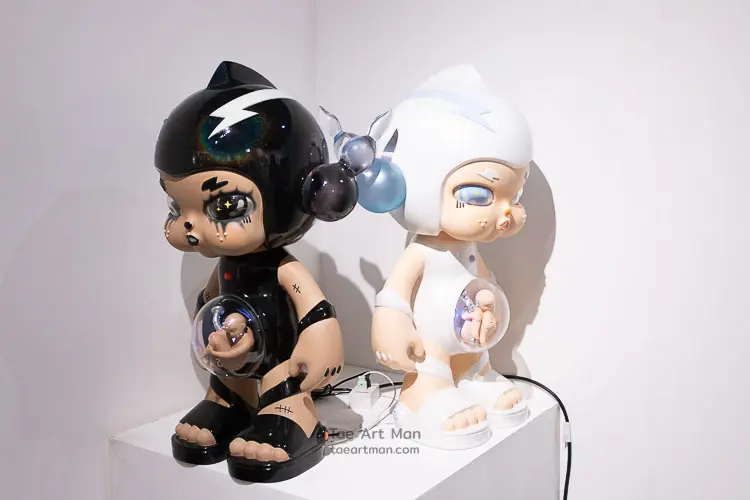

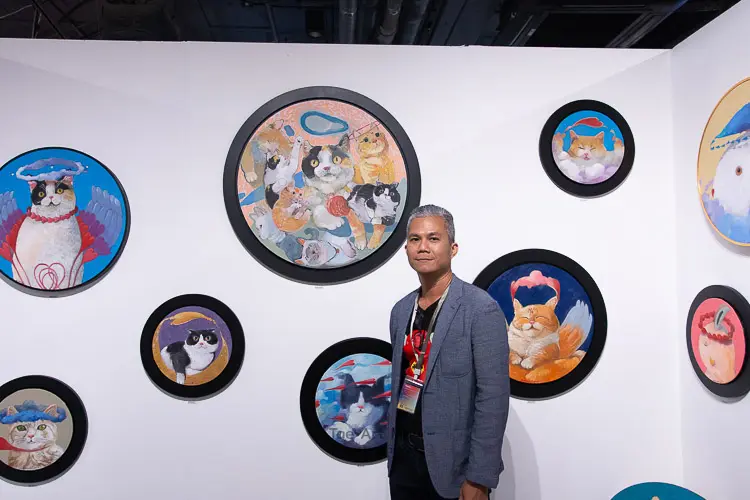
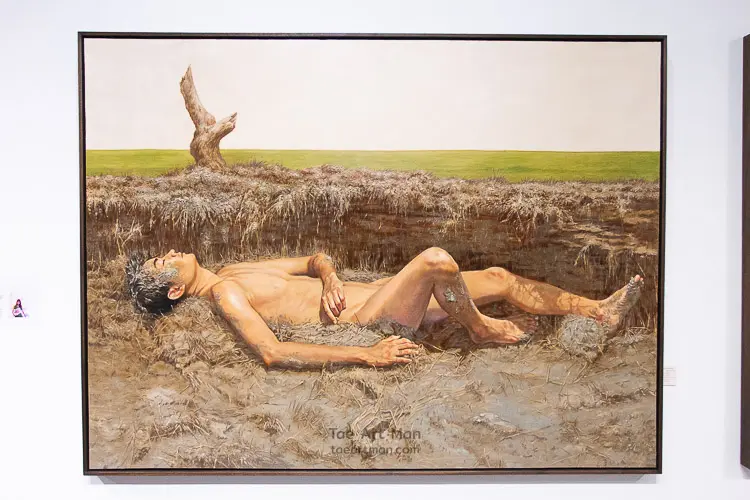
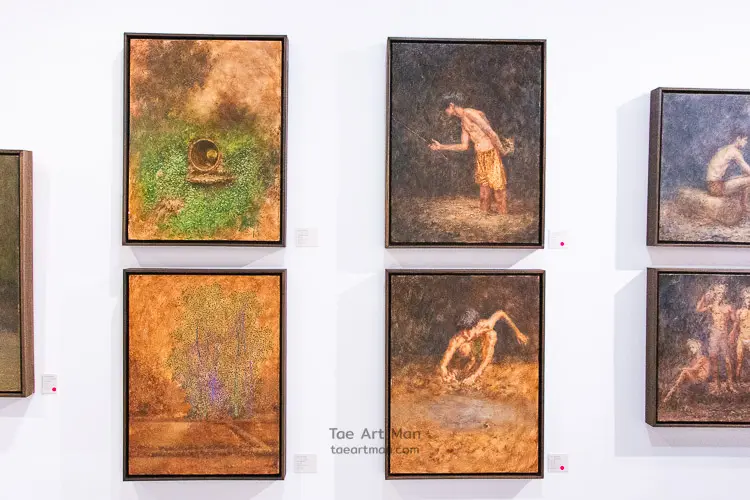
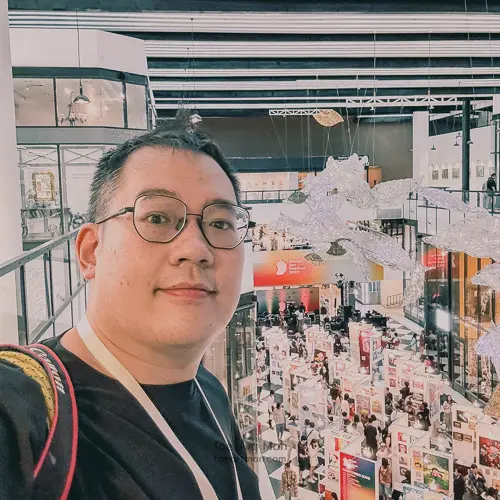
Story and Photo: Tae Art Man